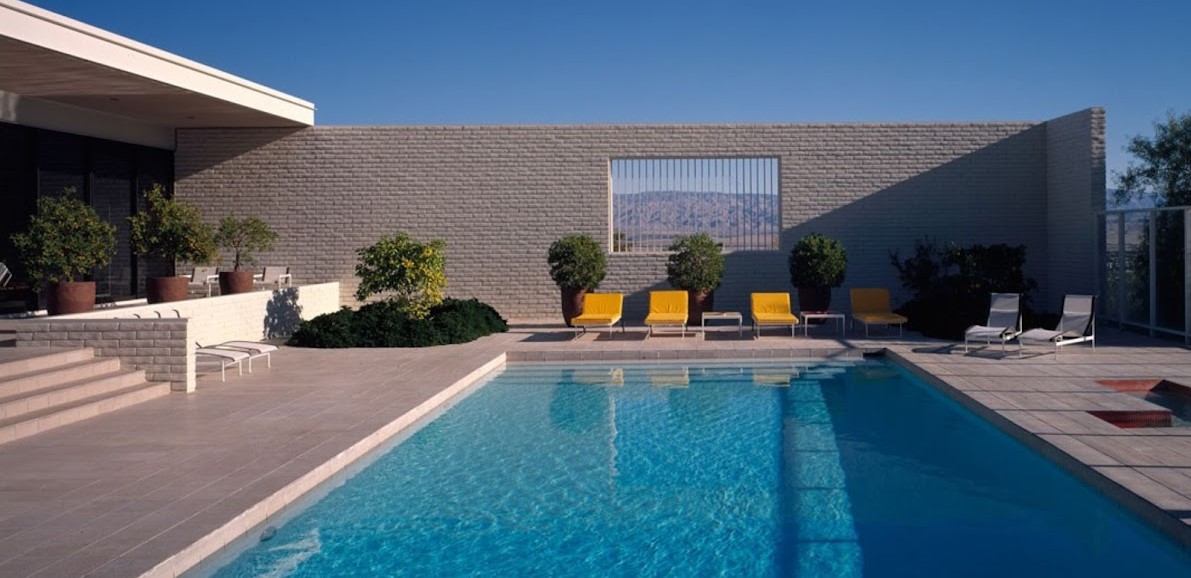Danish architect Bjarke Ingels may have opened an office in New York three years ago, but now he’s spending more and more of his time in France.
In Bordeaux, he’s working on a museum and theater; in Paris, there’s a physics incubator as well as a one-million-square-meter master plan.
And in Montpellier, his firm submitted the winning entry for a competition to design a museum of the human body.
“Montpelier is actually is the cradle of European medicine,” he says. “The hospitals there are some of the first in Europe, and they wanted to create a museum that deals with all aspects of the human body.”
That means not just biology, anatomy and science, but painting, dance and the performing arts too. Ink, in the form of tattoos, will be featured as well.
“They’re interested in expressing the human body,” he says. “It’s a Renaissance institution, with science and the arts integrated into a singular institution.”
His design is an integration unto itself, linking urban streets with vineyards and fields, along the undulating spine of the building’s glass façade. It’s to be part of a newly created neighborhood – an extension of the city’s downtown, where city hall and public institutions are moving and creating jobs.
“The idea is to create a gateway between the city and the park, to allow the building to become almost a seismic zone – a meandering fault line that enables the park to extend to edge of street, but also create an urban pocket that weaves together city and park,” he says.
Since it’s a museum of the human body, the building will become a three-dimensional playground for children and adults, inside and out. Inside its biological membrane, it mimics way the brain’s cortex is folded, with a meandering façade that creates three-dimensional play spaces between park and museum.
Outside, the louvers of its parametric façade are designed to follow the orientation of the sun. And its form recalls the clasping of human hands, in a gesture meant to symbolize the act of collaboration.
“One of the secrets of the human condition is different people contribute in different ways to a common project,” he says. “We don’t all have to be architects, doctors, dancers or journalists – we all contribute and become more than the sum of our parts. This museum celebrates all those aspects, from individual parts to holistic whole.”
Construction is slated to begin in 2016, with doors to open in 2018.
For more information, go to http://www.big.dk/
[slideshow id=1069]

